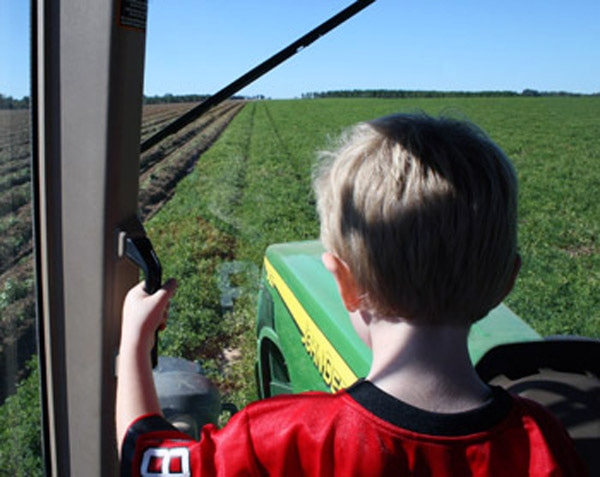January 21, 2016

Where am I? Where am I going? How do I get there? Sounds like I need a GPS. But a good farm financial plan can also answer these questions and serve as a map to your farm finances. Farm financial planning is used to evaluate the overall health of the farm business and determine the direction the business is going.
The question of profitability can be answered by developing an Income or Profit and Loss Statement. The Income Statement is composed of Gross Farm Income minus Cash Farm Expenses. This equals Net Cash Farm Income. Subtracting Depreciation then will give you Net Farm Income.
Before income and expenses for the farm can be estimated, it is useful to develop estimated yields, prices and expenses for each crop or enterprise. I develop these on a per-acre basis then will multiply them by the acres of each crop. This is beneficial in developing your crop budget. A comparison of your crops can be made and can aid in profitable crop selection. Use realistic yields, usually a 3-5 year average will suffice. Prices should also be realistic and not just the projected highs.
The individual crop income and expenses such as seed, fertilizer, chemicals and crop insurance can be developed on a per-acre basis. However, some income and expenses such as fuel, repairs, insurance, custom hire, interest and miscellaneous are easier to estimate on a whole-farm level. This may be a little confusing, so let’s review this procedure:
Develop a per-acre crop budget using realistic numbers.
Multiply each crop budget by the appropriate acres.
Add in any income or expenses that are really whole farm items or are difficult to estimate on a per-acre basis.
After subtracting Cash Farm Expenses from Gross Farm Income, you will then have Net Cash Farm Income.
Next, subtract Depreciation to give you Net Farm Income. Although Depreciation is calculated for your income taxes, it may or may not be the appropriate number to use here. Using a depreciation number that is based more on the age and life of your equipment will give a more realistic number than just using one for tax purposes. This will give you some level of the profitability of the farm business as well as profitability measures such as rates of returns on assets and farm equity.
Where am I going with this?
The question of “Where am I going?” is a measure of the liquidity of the farm business and how well it will handle farm payments, family living, income taxes and whether a Cash Surplus or Deficit is projected after everything is taken into account. To project the liquidity of the farm business, first take the Net Cash Farm Income, add any Nonfarm Income and then subtract Family Living, and Estimated Income Taxes. This gives a good picture on what is available for principal payments.
After subtracting annual principal payments on loans, we now have a picture on whether a Cash Surplus or a Cash Deficit is projected. This is also known as the Capital Replacement Margin or what is available for unforeseen circumstances.
To do these calculations by hand could be a daunting task. Fortunately, we have computer programs available that make it easier and allow us to do “What If?” analysis. These are valuable analysis that can allow producers to examine alternatives and their likely consequences on paper before putting them into practice.
The University of Tennessee Extension in our MANAGE program uses the http://www.cffm.umn.edu/finpack/producers.aspxFinpack financial analysis software developed at the University of Minnesota. It can perform a very good analysis on a farm operation, providing good information from the farmer is available. It can assist producers in making an informed decision on their farm operation. UT Extension provides this as a free and confidential service. Other states have similar services. Check with your County Extension Service for more information on farm financial planning.
You May Also Like




